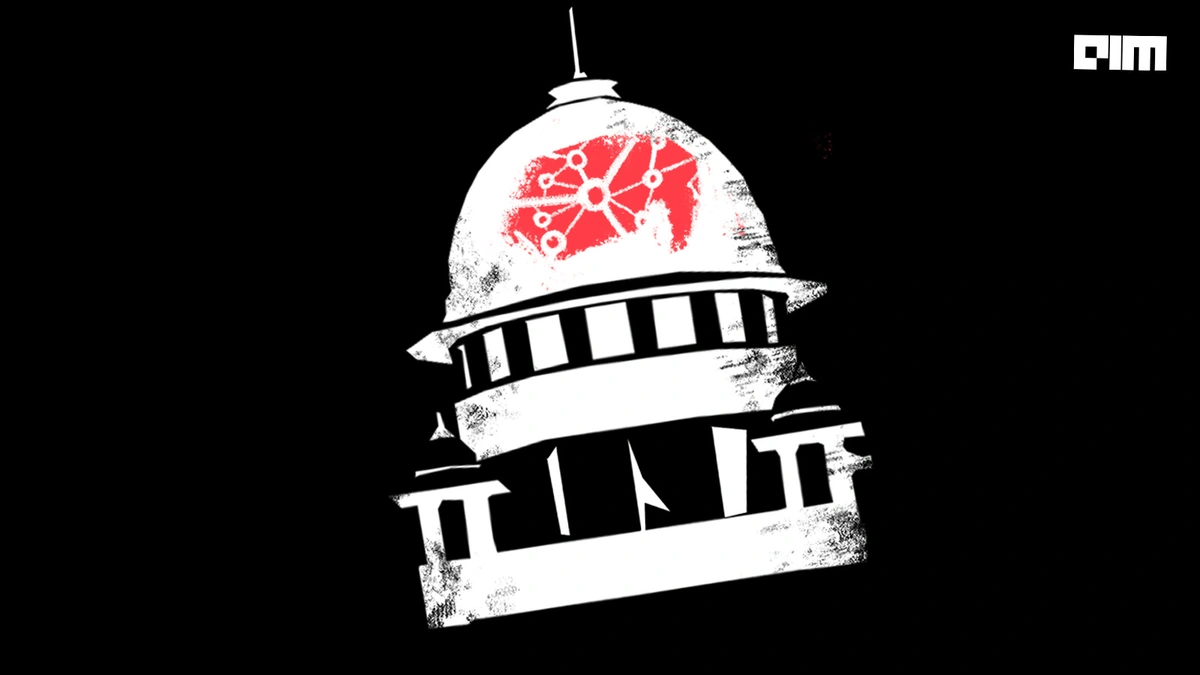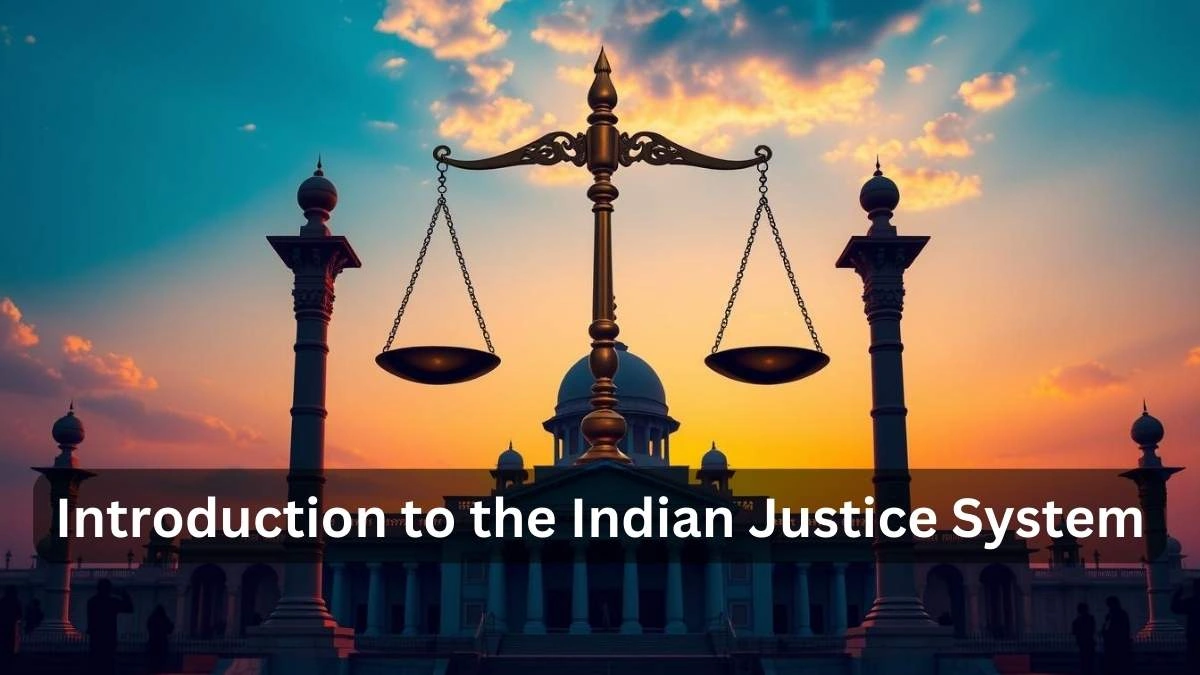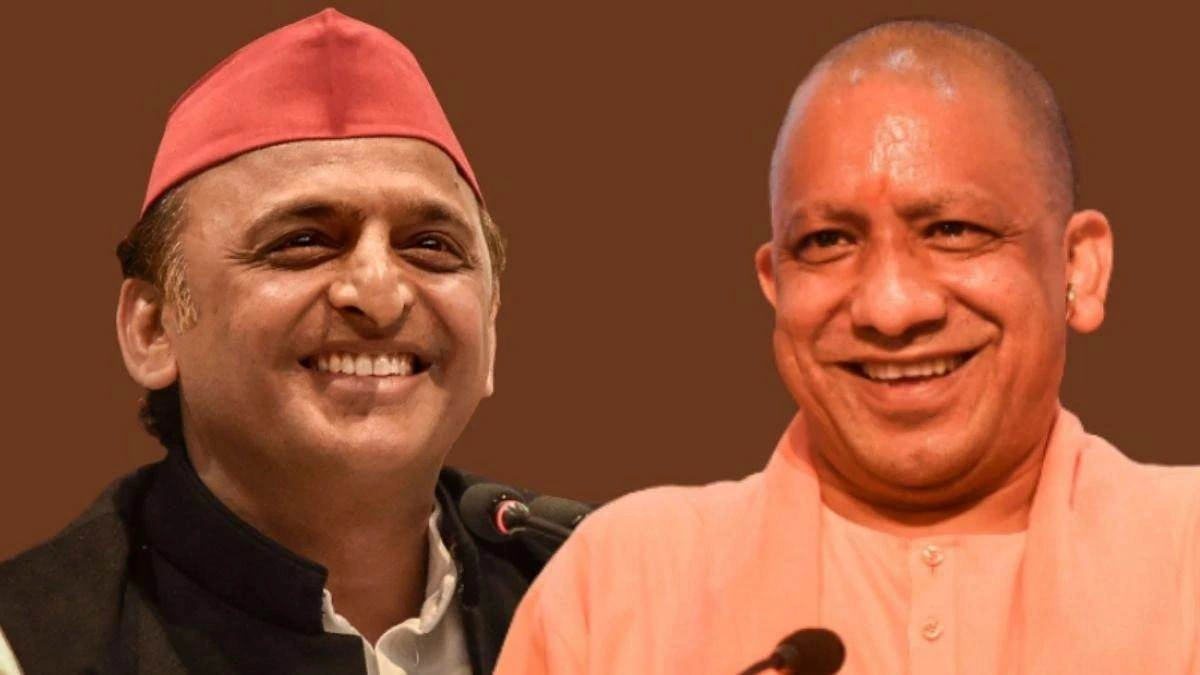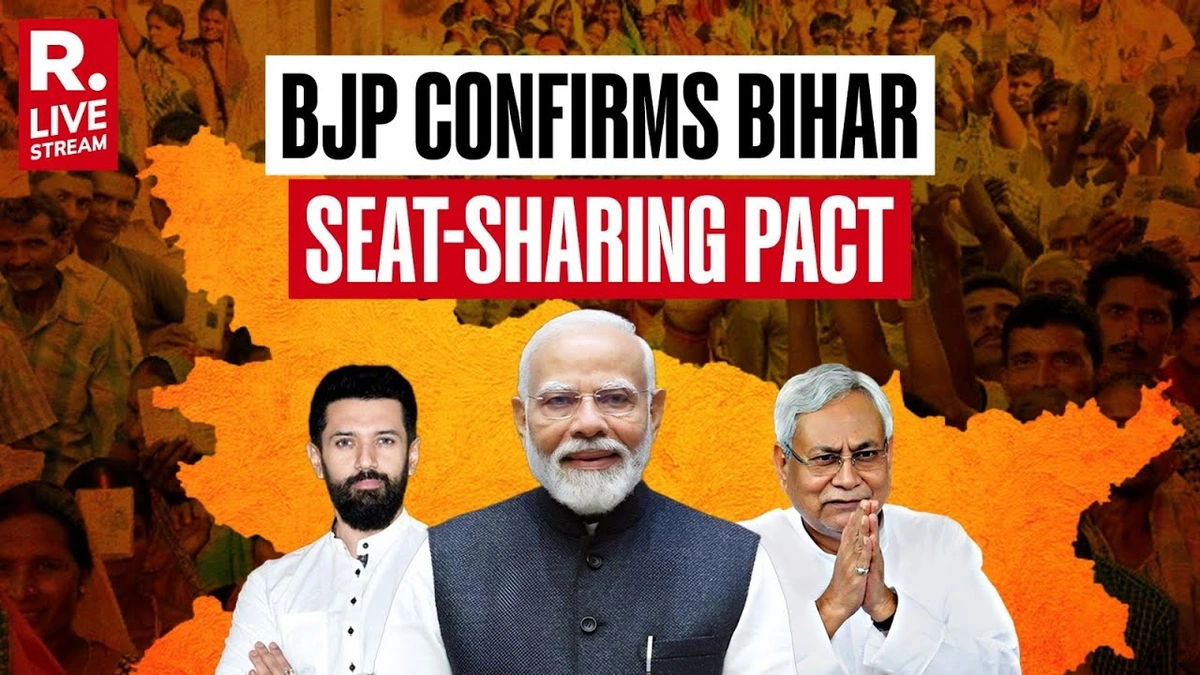Intolerance in the Indian Judiciary
The Indian Judiciary, often hailed as the guardian of our Constitution and the protector of our fundamental rights, isn’t immune to the currents of societal biases. Let’s be honest, the idea that justice is blind is a noble one, but can we really say it’s always a reality? What fascinates me is how these biases seep into the system, sometimes subtly, sometimes not so much, and what it means for the average person seeking justice. This isn’t just about sensational headlines; it’s about understanding the deeper issues at play within the Indian justice system . Today, we are taking a look at judicial bias and its ramifications.
The Mirror of Society | How Biases Creep In

Here’s the thing: judges are human. They come from specific backgrounds, have their own beliefs, and have been shaped by their own experiences. It’s almost naive to think they can completely divorce themselves from these influences when making decisions. So, when we talk about “intolerance” in the judiciary, we’re not necessarily talking about malicious intent. Instead, we’re often talking about unconscious biases – those hidden prejudices that can affect judgment without us even realizing it. These prejudices in court may affect various aspects of law. For example, a judge might unconsciously favor someone from their own community, or they might hold preconceived notions about certain groups of people.
But, how does this actually manifest in the courtroom? Imagine a case involving a marginalized community. The judge, despite their best intentions, might struggle to fully understand the nuances of their situation or the systemic discrimination they face. This can lead to rulings that, while seemingly fair on the surface, perpetuate existing inequalities. And that’s where the problem lies. According to the Law Commission of India , judicial reforms must incorporate measures to address the issue of judicial bias to maintain impartiality.
The Impact on Justice Delivery | A Personal Perspective
I initially thought that this was all just academic theory, but then I started digging into specific cases. The impact of intolerance within the judiciary isn’t just about statistics or legal jargon; it’s about real people’s lives being affected. It’s about a person wrongly convicted because of societal prejudice, or a victim denied justice because of their background. It’s about the erosion of trust in a system that’s supposed to be impartial. A common mistake I see people make is believing that everyone is treated equally before the law. The reality is far more complex and nuanced. The impact of prejudice in courts causes a ripple effect that influences people’s perception of the legal system.
The cases related to religious intolerance are specifically worrying. If the judge holds preconceived notions on the matter, justice may be affected.
Safeguarding Impartiality | Solutions and the Way Forward
So, what can be done? Is there a way to ensure a truly impartial judiciary? Well, there’s no easy fix, but there are several steps that can be taken. First and foremost, is to promote diversity within the judiciary. More diverse backgrounds can help to bring different perspectives to the table and challenge existing biases. But the process needs to be free from manipulation. And here’s the thing: diversity isn’t just about ticking boxes; it’s about creating a culture of inclusivity and respect where different viewpoints are valued. Another important step is to provide judges with training on unconscious bias. This isn’t about accusing judges of being prejudiced, but rather about helping them become aware of their own biases and how they might affect their decision-making. But training alone isn’t enough.
We also need to strengthen the mechanisms for accountability within the judiciary. This means ensuring that there are clear procedures for investigating complaints of bias and that judges are held accountable for their actions. Transparency is also key. The more open and transparent the judicial process, the less room there is for bias to operate. Another important aspect is ensuring judicial accountability .
Judicial Reforms | A Systemic Overhaul
Beyond individual training and diversity initiatives, systemic reforms are crucial. The very structure and processes of the courts need to be examined for potential sources of bias. Are there certain rules or procedures that disproportionately disadvantage certain groups? Are there barriers to accessing justice for marginalized communities? Rethinking legal education and judicial appointments could also make a difference. The government needs to be very careful when selecting a judge. It should be someone who is impartial and independent.
What fascinates me is how deeply ingrained these biases can be within the system. Let me rephrase that for clarity – it’s not enough to just address individual biases; we need to tackle the systemic issues that perpetuate them. According to a report by the PRS Legislative Research , the number of pending cases in Indian courts is a significant impediment to the justice system. And the delay in cases contributes to the creation of biases.
Striking a Balance | Independence vs. Accountability
Now, all this talk about accountability might raise concerns about judicial independence. How do we ensure that judges are held accountable for their actions without compromising their ability to make impartial decisions? It’s a delicate balance, and there’s no easy answer. But what’s clear is that accountability and independence aren’t mutually exclusive. In fact, they’re two sides of the same coin. An independent judiciary is essential for protecting the rule of law, but an accountable judiciary is essential for maintaining public trust. We need to make sure that mechanisms are there to hold the judicial system responsible.
The point is, an independent judiciary should be transparent to maintain fairness.
The challenge lies in creating a system that balances these two principles – one that protects judges from undue influence while also ensuring that they’re held accountable for their actions. I initially thought this would be straightforward, but then I realized how complex the issue is. It requires careful consideration and a commitment to finding solutions that work in the Indian context.
FAQ Section
Frequently Asked Questions
What exactly is meant by “judicial bias”?
Judicial bias refers to a judge’s inability to remain impartial in a case due to personal prejudices, preconceived notions, or other factors that might influence their judgment.
How does bias affect the court system?
Bias can lead to unfair rulings, wrongful convictions, and a general erosion of public trust in the justice system.
What are some steps being taken to address bias in the Indian Judiciary?
Efforts include promoting diversity within the judiciary, providing unconscious bias training for judges, and strengthening mechanisms for accountability.
What is the relationship between judicial independence and accountability?
Judicial independence protects judges from undue influence, while accountability ensures they are responsible for their actions, and both are crucial for a fair system.
What role does legal education play in addressing judicial bias?
Revised legal education can promote awareness of biases and ethical considerations, preparing future judges to make impartial decisions.
Ultimately, addressing intolerance in the Indian judiciary is not just about fixing a broken system; it’s about building a more just and equitable society for all. It requires a collective effort from the judiciary, the government, and the public. Only then can we truly say that justice is blind and that everyone is treated equally before the law.













